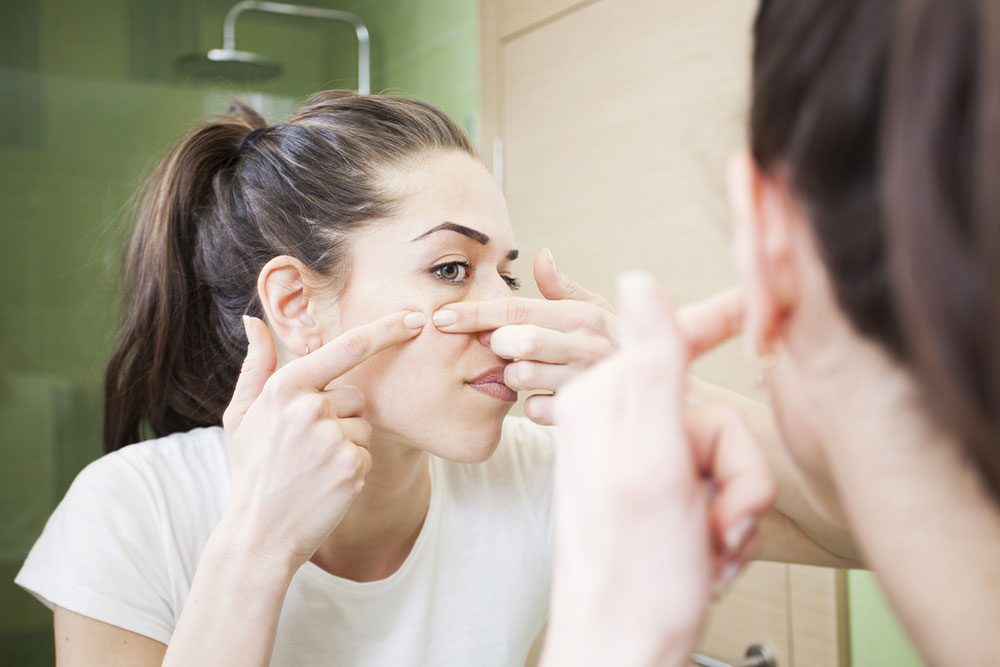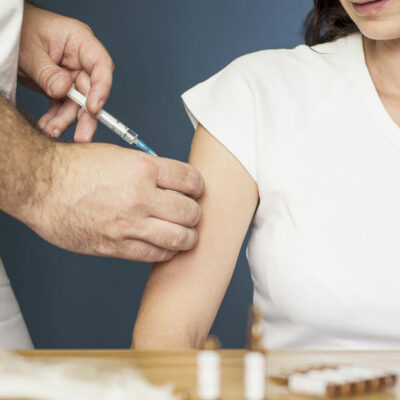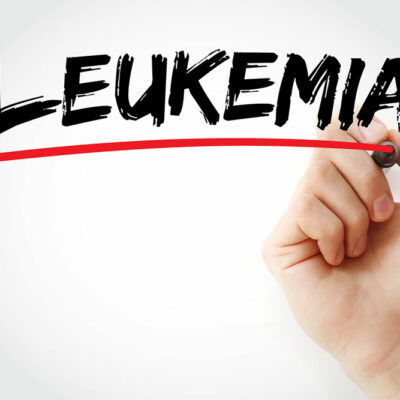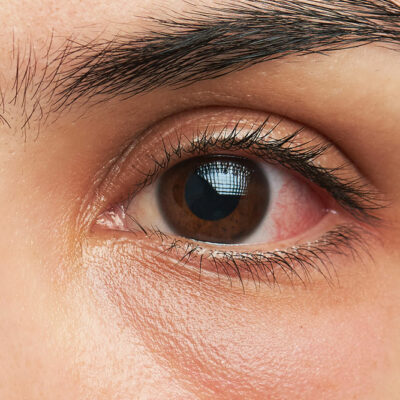
Facts about acne
Acne or acne vulgaris is a chronic skin condition where the hair follicles are clogged because of the oil-secreting glands and the dead skin cells. It is an inflammatory disease which affects the skin’s oil glands. Under the skin, these oil glands get connected to the pores in the skin. The pores and the glands are connected by a canal that is called a follicle. An oily fluid called sebum is secreted by these glands. Through the follicles, this oily fluid or sebum carries dead skin cells to the surface of the skin. Through this follicle, a small and thin hair grows out of the skin. A pimple grows when the follicle gets congested and the oil starts building up under the skin. Hair, skin cells, and sebum can bunch together into a plug. It results in a swelling when this plug gets infected with bacteria. When the plug begins to break down, it results in a pimple formation.
Acne can happen on the back, neck, face, upper part of the chest, shoulders, and upper arms. It can cause scars. Often whiteheads, blackheads, or pimples are caused because of acne. It most commonly occurs in teenagers and young adults but can affect people of all ages. Around 50 million Americans are annually affected by this most common skin condition.
Causes of acne
- Surplus oil production
- Blockage of hair follicles by sebum and dead skin cells
- Bacterial growth
- Rising levels of androgens
Other factors which can further contribute to acne are hormones, diet, certain medicines, genetics, and stress, to name a few.
Treatments for acne
There are many medications available, including over-the-counter (OTC) medicines to treat acne. At the same time, you can also try some home remedies to treat acne.
- Apple cider vinegar – It fights many types of bacteria and viruses and contains several organic acids that kill acne bacteria. Apply it by mixing it with water, in 1:3 ratio after cleansing the affected area with the help of a cotton ball. Keep it for 5 to 20 secs and then you can pat it dry after rinsing it with water. It is important to note that it needs to be diluted properly as it might cause a burning sensation.
- Applying a honey and cinnamon mask – Both honey and cinnamon fight bacteria, reduce inflammation, and are good antioxidants. Mix honey and cinnamon in the ratio of 2: 1 to form a paste. Apply it on the face and keep for 10 to 15 mins after cleansing the face. It needs to be rinsed off thoroughly.
- Green tea – Green tea can also help in treating acne but not only by drinking it but applying it on the skin as well. The major antioxidants present in green tea are helpful in controlling and reducing acne. Not only can you buy creams containing green tea with 2% to 3% green tea extract, but also you can make the solution at home.
These are some of the easiest ways to treat the acne, which many of us face at some point in our lifetime.


